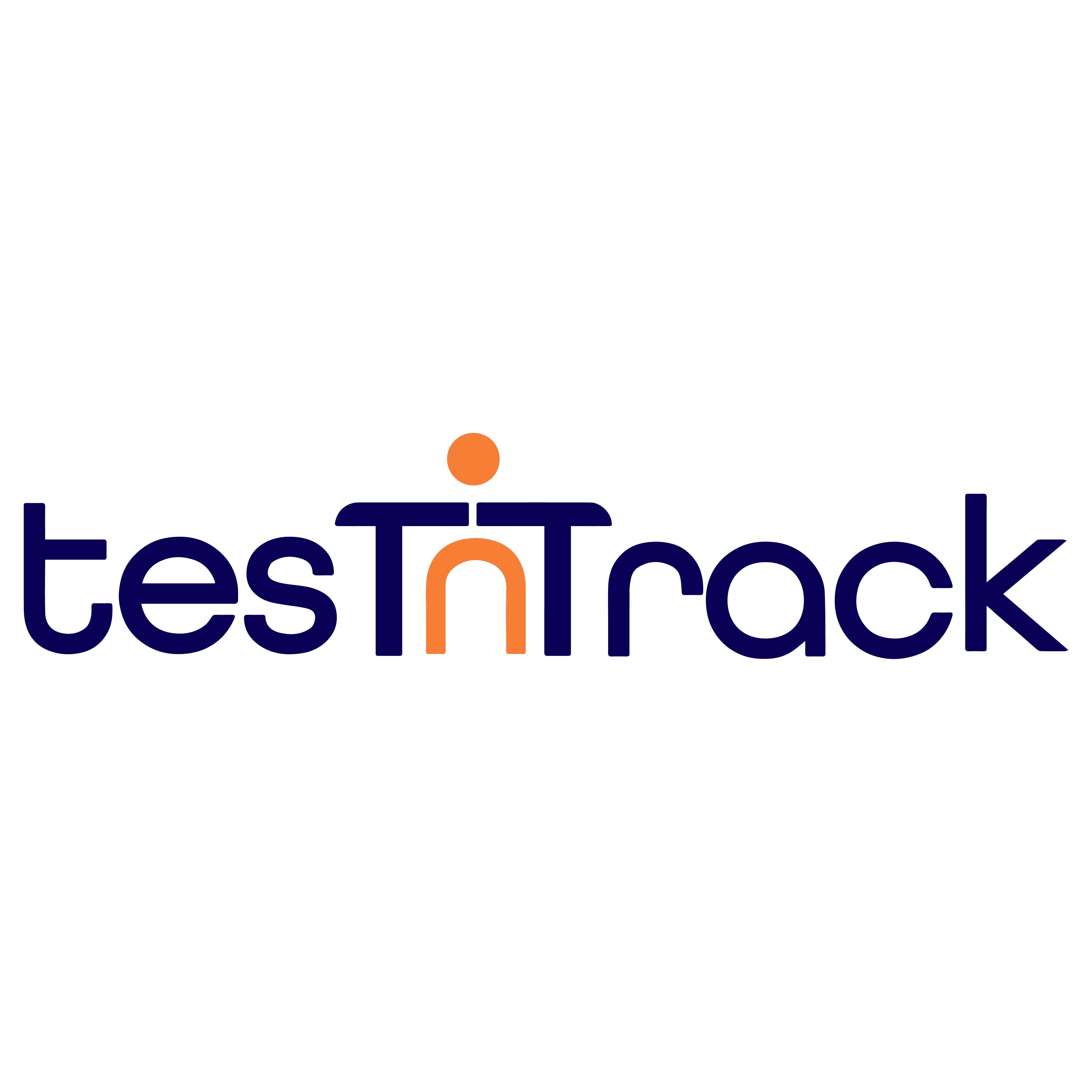Description

Lexia RAPID Assessment

TestReach
Comprehensive Overview: Lexia RAPID Assessment vs TestReach
Lexia RAPID Assessment
a) Primary Functions and Target Market
Primary Functions: Lexia RAPID Assessment is a computer-adaptive screener designed to evaluate the reading skills of students from kindergarten through 12th grade. The platform assesses multiple key components of literacy, such as word recognition, vocabulary, reading comprehension, and academic language skills. It is primarily used to identify the reading abilities and difficulties of students, enabling educators to tailor instruction according to individual needs.
Target Market: The target market for Lexia RAPID Assessment is educational institutions, particularly in the K-12 education sector. It is widely used by teachers, educational administrators, and specialists who focus on literacy and reading skill development. The platform is used in schools across various regions to support educators in making data-driven decisions for student learning paths.
b) Market Share and User Base
Market Share and User Base: Lexia RAPID is a part of the larger Lexia Learning brand, a well-established name in the educational technology market, specifically focusing on literacy development software. Lexia products have a significant market presence in North America and other regions. However, specific market share data for Lexia RAPID Assessment might not be readily available, but it is part of a larger suite of products that collectively enjoy widespread use in schools, particularly in the US.
TestReach
a) Primary Functions and Target Market
Primary Functions: TestReach is a comprehensive assessment platform offering robust solutions for creating, delivering, and marking examinations online. It provides features such as remote invigilation (proctoring), a wide range of question types, detailed analytics, and secure test environments. It is designed to manage high-stakes examinations reliably and securely, accessible from anywhere.
Target Market: TestReach primarily targets professional bodies, higher education institutions, government agencies, and organizations that conduct certification and qualification exams. It caters to sectors that require secure and scalable assessment solutions, such as professional certification bodies, universities, and corporate training environments.
b) Market Share and User Base
Market Share and User Base: TestReach is widely recognized in the examination management market globally. It has a strong foothold among organizations requiring secure assessment methods, especially professional bodies and educational institutions that offer remote examinations. While detailed market share statistics may not be public, TestReach is considered a significant player in the digital examination sector due to its adaptable and secure solutions.
Key Differentiating Factors
-
Target Audience:
- Lexia RAPID Assessment is focused on literacy development within the K-12 education sector, while TestReach targets a broader spectrum that includes professional certification bodies and higher education.
-
Functionality:
- Lexia RAPID is optimized for assessing reading skills and guiding personalized learning interventions. In contrast, TestReach focuses on delivering scalable online testing solutions, including high-stakes exams with robust security features.
-
Technology:
- Lexia RAPID employs adaptive testing technology specifically for literacy skills, whereas TestReach encompasses a broader range of test types and remote proctoring capabilities, making it suitable for various testing scenarios, including professional and licensure exams.
-
Scope of Use:
- Lexia RAPID is a tool embedded in the educational process for literacy improvement, mainly within schools. TestReach is more versatile, addressing needs across diverse assessment contexts and industries.
In conclusion, both Lexia RAPID Assessment and TestReach serve essential functions within their niches: Lexia focusing on K-12 literacy assessment and TestReach providing comprehensive online exam management solutions, each occupying distinctive spaces in the educational technology landscape.
Contact Info

Year founded :
Not Available
Not Available
Not Available
Not Available
Not Available

Year founded :
2014
Not Available
Not Available
Ireland
Not Available
Feature Similarity Breakdown: Lexia RAPID Assessment, TestReach
When comparing Lexia RAPID Assessment and TestReach, both products serve educational and assessment-related purposes, but they cater to somewhat different needs and audiences. Here's a breakdown of their core features, user interfaces, and unique aspects:
a) Core Features in Common:
-
Assessment Capability:
- Both platforms are designed to provide assessments. Lexia RAPID Assessment focuses primarily on literacy skills, while TestReach offers a more general-purpose examination and assessment tool that can be used for various subjects.
-
Data Analytics and Reporting:
- Both tools offer data analysis and reporting features to help educators and administrators understand student performance and progress.
-
Online Delivery:
- Both systems offer online delivery of assessments, which allows for flexible administration of tests across different locations and times.
-
User Management:
- Both platforms provide user management features where administrators can manage users, be they students or test-takers.
b) User Interface Comparison:
-
Lexia RAPID Assessment:
- The interface is typically designed to be student-friendly, particularly for young learners in K-12 education. It's straightforward and easy to navigate with a focus on engagement through interactive elements.
-
TestReach:
- TestReach's interface is more professional and versatile, designed to cater to a wider range of examination types. It offers more customization and complex interface elements to handle various testing modalities.
In summary, Lexia RAPID has a more simplified and specialized interface for younger users, while TestReach offers a broader scope suitable for varied testing needs.
c) Unique Features:
-
Lexia RAPID Assessment:
- Adaptive Testing: Lexia RAPID uses adaptive testing technology that adjusts the difficulty of questions based on the student's responses, providing a personalized assessment experience.
- Focus on Literacy: It is specifically designed to assess and develop literacy skills through activities that evaluate word recognition, vocabulary, grammar, and comprehension.
-
TestReach:
- Comprehensive Exam Management: TestReach is not limited to literacy and caters to a broader range of tests and exams, including professional certifications and higher education assessments.
- Remote Proctoring: It offers advanced features like remote proctoring, ensuring the integrity of the testing process even when conducted online.
- Custom Test Authoring: Users can create varied types of assessments with custom templates and question-types, which is more extensive compared to Lexia RAPID.
In conclusion, while both Lexia RAPID Assessment and TestReach offer online assessment capabilities, they are distinct in purpose and audience, with Lexia focused more on literacy for younger students and TestReach providing a versatile platform for a range of professional and academic testing needs.
Features

Real-Time Progress Monitoring
User-Friendly Interface
Flexible Implementation
Personalized Student Assessments

Remote Exam Delivery
Automated Grading
Integration and Accessibility
Question and Test Creation
Proctoring Services
Best Fit Use Cases: Lexia RAPID Assessment, TestReach
Lexia RAPID Assessment
a) Best Fit Use Cases:
-
Types of Businesses or Projects: Lexia RAPID Assessment is most suitable for educational institutions—specifically primary and secondary schools. It is designed to support teachers and educators by providing detailed assessments of student reading skills. This tool can also be beneficial for educational projects focused on literacy development, student interventions, and personalized learning plans.
-
Educational Settings: Schools looking to implement data-driven strategies for improving student reading capabilities will find Lexia RAPID invaluable. It can be employed by school districts aiming to standardize reading assessments and track progress across multiple schools.
-
Special Programs: Special education programs or initiatives aimed at supporting struggling readers or ESL (English as a Second Language) students can utilize Lexia RAPID to tailor interventions based on specific student needs.
TestReach
b) Preferred Scenarios:
-
Corporate Training and Certification Programs: TestReach is ideal for organizations conducting professional exams or assessments, such as certification bodies, training providers, and businesses implementing employee development programs.
-
Remote Learning and Assessment Needs: In scenarios where remote or flexible testing is required, such as online courses or dispersed teams, TestReach offers a comprehensive solution with secure proctoring and a robust platform for scheduling and delivering exams.
-
Higher Education: Universities and colleges needing a scalable solution for exams across various faculties or departments can benefit from TestReach, particularly if they have hybrid or online course offerings.
d) Catering to Different Industry Verticals or Company Sizes:
-
Lexia RAPID Assessment:
- Industry Vertical: Primarily targets the education sector, focusing on K-12 education.
- Company Size: Suitable for both individual schools and larger educational networks or districts, particularly those prioritizing literacy and personalized learning interventions.
-
TestReach:
- Industry Verticals: Spans across multiple sectors including education, professional certification, corporate training, and even in some government applications for civil service exams.
- Company Size: Scalable for small to large organizations. It is particularly beneficial for larger enterprises or institutions that require a robust, scalable, and flexible assessment platform to manage a high volume of examinations consistently with varying complexities.
Each product addresses specific needs within their target industries—Lexia RAPID focusing on student literacy and educational progress, while TestReach provides flexible, secure assessment solutions across educational and professional environments.
Pricing

Pricing Not Available

Pricing Not Available
Metrics History
Metrics History
Comparing undefined across companies
Conclusion & Final Verdict: Lexia RAPID Assessment vs TestReach
When comparing Lexia RAPID Assessment and TestReach, it's important to carefully weigh each product's strengths and weaknesses, consider your specific needs, and evaluate which product offers the best overall value for your situation.
a) Best Overall Value
Best Overall Value:
Considering all factors, if your primary focus is on educational assessments, especially within literacy and reading for a school or educational institution, Lexia RAPID Assessment may provide better overall value due to its specialized tools designed explicitly for this area. On the other hand, if you're looking at a more versatile digital assessment solution that caters to varied industries and offers robust functionality for higher education or professional certification, TestReach could be the more versatile and cost-effective choice.
b) Pros and Cons
Lexia RAPID Assessment:
Pros:
- Specialization: Provides targeted assessment solutions that are specifically designed for literacy and reading development, including diagnostic and progress monitoring.
- Educational Focus: Widely recognized and adopted in the education sector, particularly for younger students.
- Data Insights: Offers detailed reporting and data analytics that are crucial for educational interventions.
Cons:
- Narrow Scope: Primarily focused on reading and literacy, which may not be useful if assessment needs extend beyond these areas.
- Limited Flexibility: May not offer the same level of adaptability for various testing environments outside of K-12 education.
TestReach:
Pros:
- Versatility: Offers a broad range of digital assessment types that cater to various industries and educational levels.
- Security and Scalability: Known for strong proctoring and security features, making it suitable for high-stakes testing.
- Flexibility: Provides customizable options for test creation and delivery, useful for asynchronous and remote testing environments.
Cons:
- Complexity: May require more technical know-how or time to fully utilize its more sophisticated features.
- General Focus: While versatile, it may lack the specialized focus that Lexia provides for reading assessments.
c) Recommendations for Users
Recommendations:
-
Evaluate Specific Needs: If you are an educational institution focusing on literacy and looking for in-depth reading assessments, Lexia RAPID Assessment would be the recommended choice. It’s particularly useful for early intervention programs.
-
Consider Test Environment: For organizations or educational bodies that conduct a wide range of assessments and require robust digital test-taking environments, TestReach is more suitable. It is particularly beneficial for users who need remote proctoring and security for high-stakes exams.
-
Factor in User Expertise: Users with less technical expertise or those who need a focused reading assessment tool might find Lexia easier to navigate. On the other hand, if you have the resources to manage and deploy more complex digital assessments, TestReach can offer greater flexibility.
Ultimately, the decision should be based on your specific assessment objectives, the nature of the subject matter you want to assess, and any organizational constraints or requirements.
Add to compare
Add similar companies



